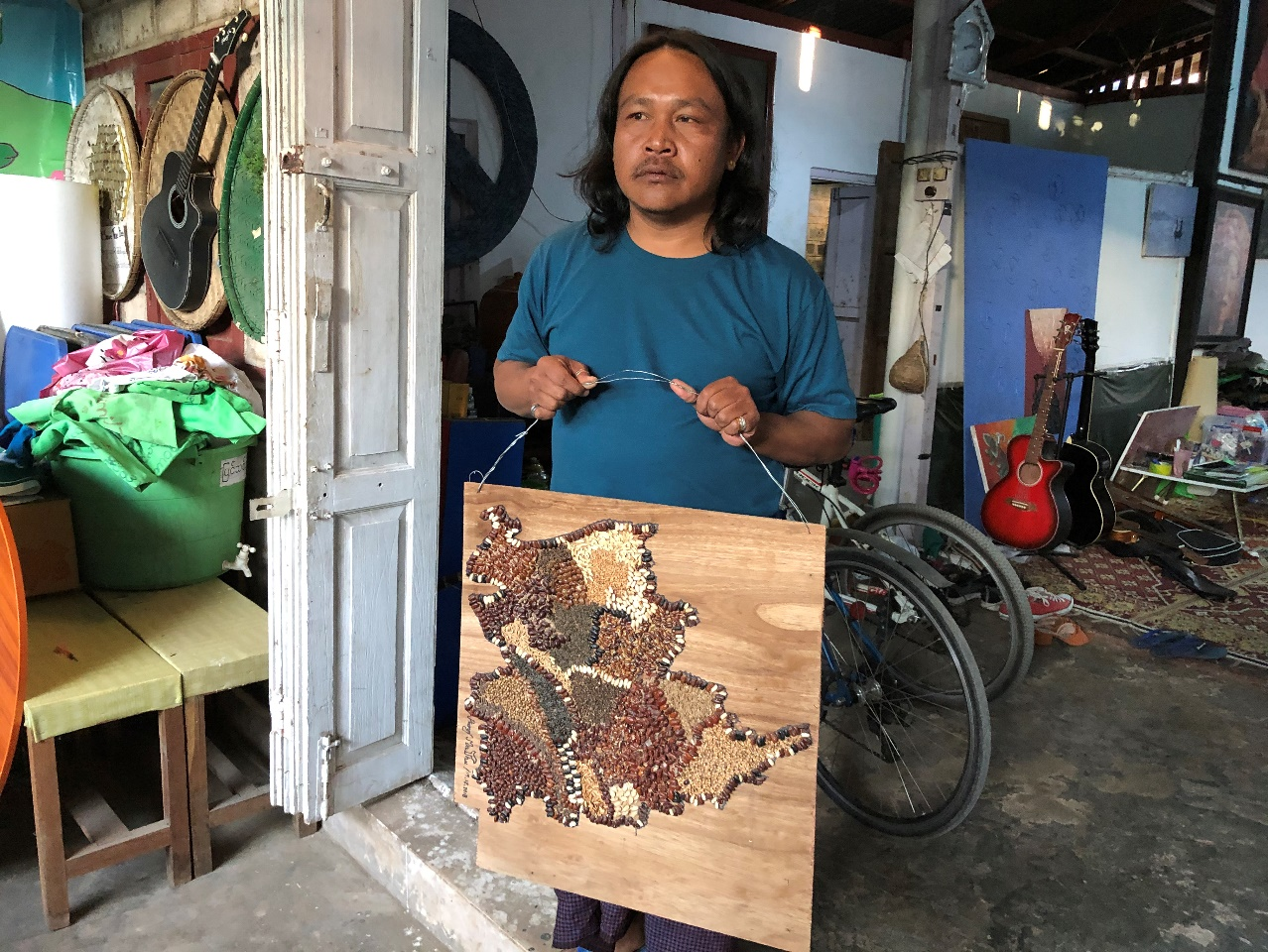Environmental degradation disproportionately afflicts children, people in poverty, and those in vulnerable situations. Air pollution, unsafe drinking water, and the ravages of climate change-linked disasters affect human health and livelihoods, and threaten the development ‘miracle’ in Southeast Asia. Southeast Asia—like Latin America, my home for many years—is among the more dangerous parts of the world to be an environmental human rights defender.
Yet, I have also seen first-hand how people in vulnerable situations are the ones triggering change—and certain courts and national human rights institutions in the region are handing down progressive legal interpretations to match.
There are several such examples from the Mekong region, where citizens have successfully challenged environmentally-harmful projects on the basis of existing country laws that support some elements of ’the right to a healthy environment.’ I will mention just two.
There are several such examples from the Mekong region, where citizens have successfully challenged environmentally-harmful projects on the basis of existing country laws that support some elements of ’the right to a healthy environment.’ I will mention just two.
In Thailand, local communities challenged the Mae Moh coal-fired power plant project that displaced 30,000 people and caused health problems in Lampang province, due to its emissions of sulphur dioxide, carbon dioxide, mercury and other contaminants. After a 12-year battle, the Supreme Administrative Court of Thailand ordered the Electricity Generating Authority of Thailand to pay compensation to 131 plaintiffs for damage caused to their health.

In Viet Nam, under its 2018 Law on Access to Information, citizens requested the Ministry of Natural Resources and Environment to explain its approval of a permit to dump one million cubic metresof mud and soil near the environmentally-sensitive Hon Cau Marine Protected Area. The ministry eventually cancelled the dumping permit in favour of an alternative plan to use the mud and soil for land grading. The decision helped protect a 30-hectare, 36-metre deep marine area and saved the livelihoods of local communities, including shrimp farmers who rely on shrimp spawning grounds at Hon Cau.
ASEAN’s role
ASEAN, as a regional organization, has to a certain extent kept pace with the its Member States’ interest in environmental rights. In 2012, governments in the region adopted the ASEAN Human Rights Declaration, which recognises the right to a “safe, clean and sustainable environment.” In 2015, the region adopted the ASEAN Community Blueprints 2025, a set of policy frameworks in favour of the elements comprising a healthy environment: clean air, water and sanitation, a safe climate, sustainable food systems, non-toxic environments, and healthy ecosystems and biodiversity.
Prosperous and Green in the Anthropocene:
The right to a healthy environment in Southeast Asia
Lunched in Bangkok on 1 December 2020
Yet more than this is needed. Environmental human rights defenders are all too often harassed, threatened and jailed. The region must go beyond well-intentioned statements to fully respecting and protecting people’s procedural rights to access information, participate in public decision making, and have access to justice and remedy in cases of environmental harm. Turning human rights commitments into practice is not only an option but an obligation of States, in line with international law.
What ASEAN and its Member States can do
ASEAN and its Member States could strengthen the right to a healthy environment in several ways. Countries could individually sign on to the Aarhus Convention on access to information, public participation in decision-making and access to justice in environmental matters. This 1998 convention links environmental rights and human rights, and provides a framework for countries to strengthen their own systems. Originally a European agreement, the Aarhus Convention is now open for global signature; several Central Asian countries are parties.
ASEAN countries could also develop their own regional convention to address shared transboundary issues and support action on climate, ecosystems, and biodiversity. Countries could also embark on a process to integrate an explicit human rights-based approach to the ASEAN Community Blueprints. Such an approach is currently lacking in the ASEAN region. The Latin American and Caribbean region already has its own regional instrument for environmental rights, the Escazú Agreement, which recognizes similar rights as does the Aarhus Convention.
Thirdly, ASEAN could build on the active role played by many of its own Member States in various multilateral environmental agreements and human rights conventions, by coordinating regional positions and issuing joint statements to the global community.
Healthy ecosystems and biodiversity provide vital contributions from Nature to people, in the food we eat, the water we drink, and the air we breathe. One important opportunity to recognise this will come at the Conference of the Parties of the Convention on Biological Diversity that is due to take place in Kunming, China, in 2021. ASEAN could propose the incorporation of human rights in the post-2020 global biodiversity framework—the approaches and targets that the world will adopt in Kunming—and support calls for the UN to recognize the right to a healthy environment.
Bangkok’s severe air pollution problem, in recent days, shows how much we depend on a healthy environment to have a good life. As the 2020 UNDP Human Development report launched this week highlights, if we are to live in balance with the planet in a fairer world, countries should work with nature—not against it. Human rights and caring for the nature are two sides of the same coin. In Southeast Asia, so are the fight against poverty, and safeguarding our planet for present and future generations.





